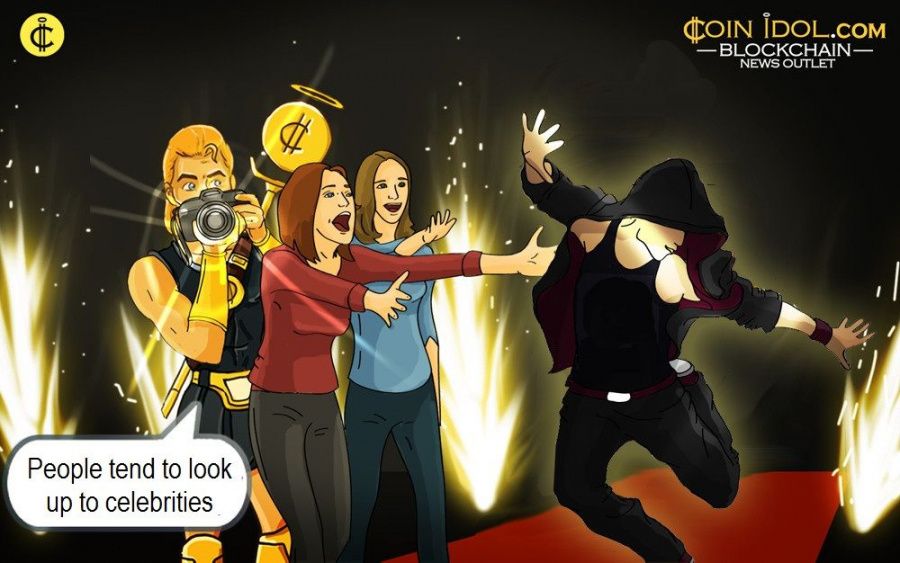My Honest Opinion About Meme Tokens! Unmasking the Scam
Cryptocurrency has opened up a world of financial opportunities and technological advancements, but not all that glitters is gold. Among the legitimate projects and innovations, a darker side of the crypto world has emerged: meme tokens. Often inspired by internet culture and social media trends, these tokens have garnered significant attention. However, beneath the surface lies a troubling reality.
In this article, we will explore the nature of meme tokens, the inherent risks, and why they often serve as vehicles for scams.
The Rise of Meme Tokens
What Are Meme Tokens?
Meme tokens are a subset of cryptocurrencies created primarily as a joke or based on internet memes. Unlike serious projects that aim to solve real-world problems or innovate within the blockchain space, meme tokens are often designed with no inherent utility or value. The most famous example is Dogecoin, which started as a parody but gained immense popularity.
Popularity Driven by Hype
The allure of meme tokens is primarily driven by social media hype, celebrity endorsements, and the promise of quick riches. Platforms like Twitter, Reddit, and TikTok have played pivotal roles in propelling these tokens into the spotlight. The fear of missing out (FOMO) and the viral nature of memes contribute to the rapid rise in their prices, attracting both seasoned investors and novices.
The Scam Potential of Meme Tokens

Lack of Intrinsic Value
One of the most significant red flags with meme tokens is their lack of intrinsic value. Unlike Bitcoin, which is seen as a store of value, or Ethereum, which powers decentralized applications, meme tokens typically have no clear use case. Their value is entirely speculative, based on market sentiment rather than any tangible utility or technological advancement.
Pump and Dump Schemes
Meme tokens are often involved in pump and dump schemes. In these schemes, the price of a token is artificially inflated through misleading statements, heavy marketing, and coordinated buying. Once the price reaches a peak, the promoters sell off their holdings, causing the price to plummet and leaving late investors with significant losses. These schemes exploit the hype and lack of regulation in the crypto market.
Celebrity Endorsements and Misleading Promotions
 Another concerning aspect is the involvement of celebrities and influencers who promote these tokens without disclosing their financial incentives. These endorsements can mislead investors into believing in the legitimacy of a token, only to see its value crash once the initial hype dies down.
Another concerning aspect is the involvement of celebrities and influencers who promote these tokens without disclosing their financial incentives. These endorsements can mislead investors into believing in the legitimacy of a token, only to see its value crash once the initial hype dies down.
The Regulatory Landscape
Lack of Oversight
The decentralized and global nature of cryptocurrencies makes regulation challenging. Meme tokens, in particular, operate in a grey area with little to no oversight. This lack of regulation provides fertile ground for fraudulent activities, leaving investors with limited recourse if things go wrong.
Efforts to Regulate
Despite the challenges, regulatory bodies are beginning to take notice. In the United States, the Securities and Exchange Commission (SEC) has started cracking down on fraudulent ICOs and other crypto-related scams. However, the enforcement is still in its infancy, and many meme tokens continue to operate unchecked.
Investor Protection
To protect themselves, investors need to perform due diligence and be wary of projects that lack transparency, have anonymous teams, or promise unrealistic returns. Education and awareness are crucial in navigating the volatile and often deceptive world of meme tokens.
Real-Life Examples and Lessons Learned
Dogecoin: The Exception to the Rule?
Dogecoin stands out as a meme token that has managed to sustain some level of credibility and community support. Initially created as a joke, it has been used in various charitable endeavors and has a strong online community. However, its success is the exception rather than the rule, and even Dogecoin's value is highly volatile and largely driven by social media trends.
The Fall of Bitconnect
Bitconnect serves as a cautionary tale for those investing in meme tokens and other high-risk crypto ventures. Marketed as an investment platform with guaranteed returns, it turned out to be one of the largest Ponzi schemes in the crypto world. The collapse of Bitconnect resulted in massive financial losses for investors and highlighted the need for skepticism and due diligence.
SafeMoon and Similar Tokens
SafeMoon is another example of a meme token that gained rapid popularity. While its creators promised innovative tokenomics designed to reward holders, critics have pointed out the token's questionable mechanics and the potential for manipulation. The hype surrounding SafeMoon has led to significant price volatility, underscoring the risks associated with meme tokens.
Conclusion
Meme tokens are a fascinating yet perilous aspect of the cryptocurrency market. While they can offer quick profits during their meteoric rises, they often lack the fundamental value and utility that underpin more established cryptocurrencies. The prevalence of pump and dump schemes, misleading promotions, and regulatory uncertainties make them a risky investment.
To navigate this space safely, investors must remain vigilant, conduct thorough research, and be aware of the red flags that signal potential scams. In the end, while the allure of meme tokens can be strong, the risks often outweigh the rewards.
References
What Are Meme Coins?
Pump and Dump Schemes in Crypto
Celebrity Endorsements and Crypto Scams

































